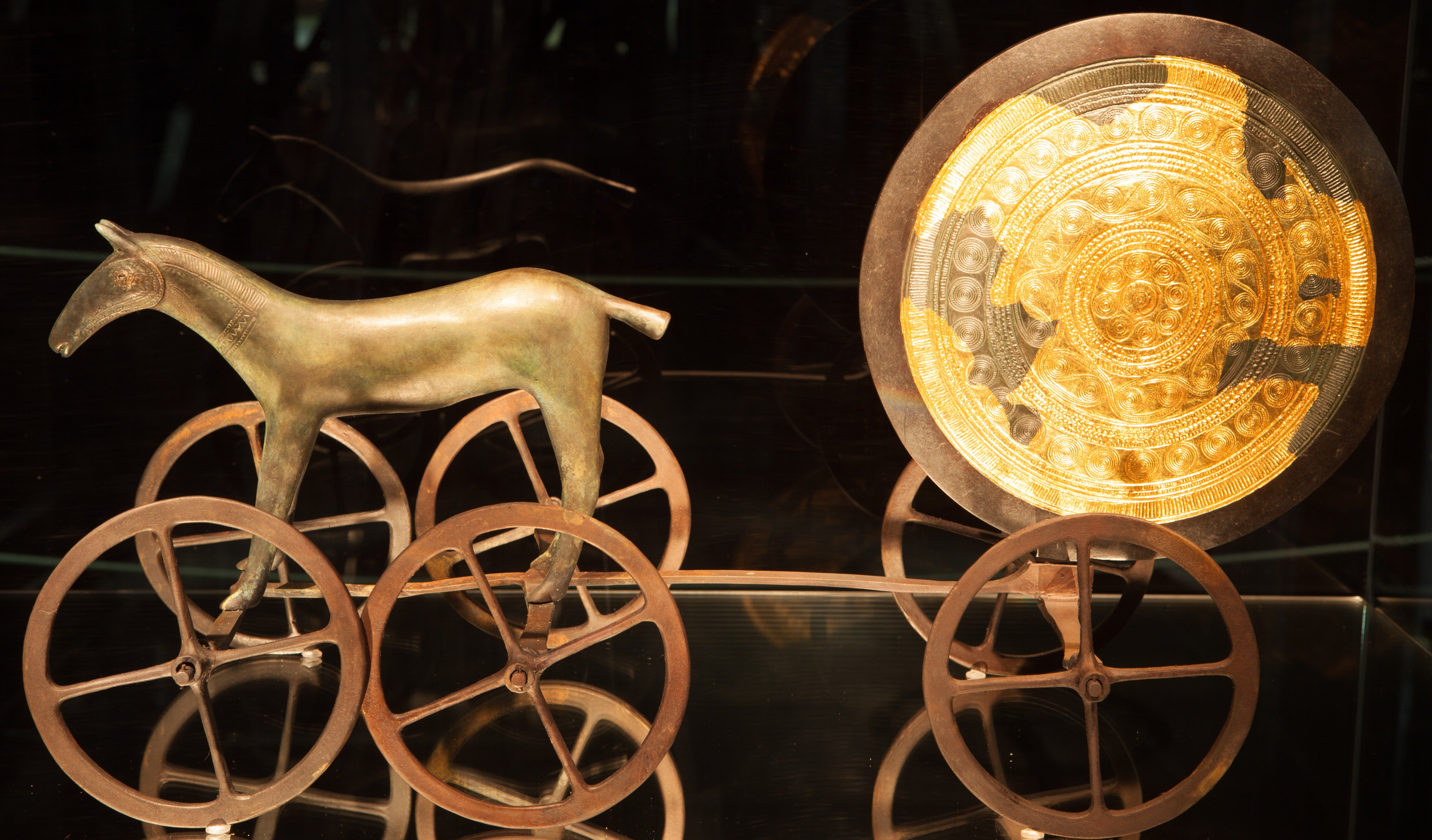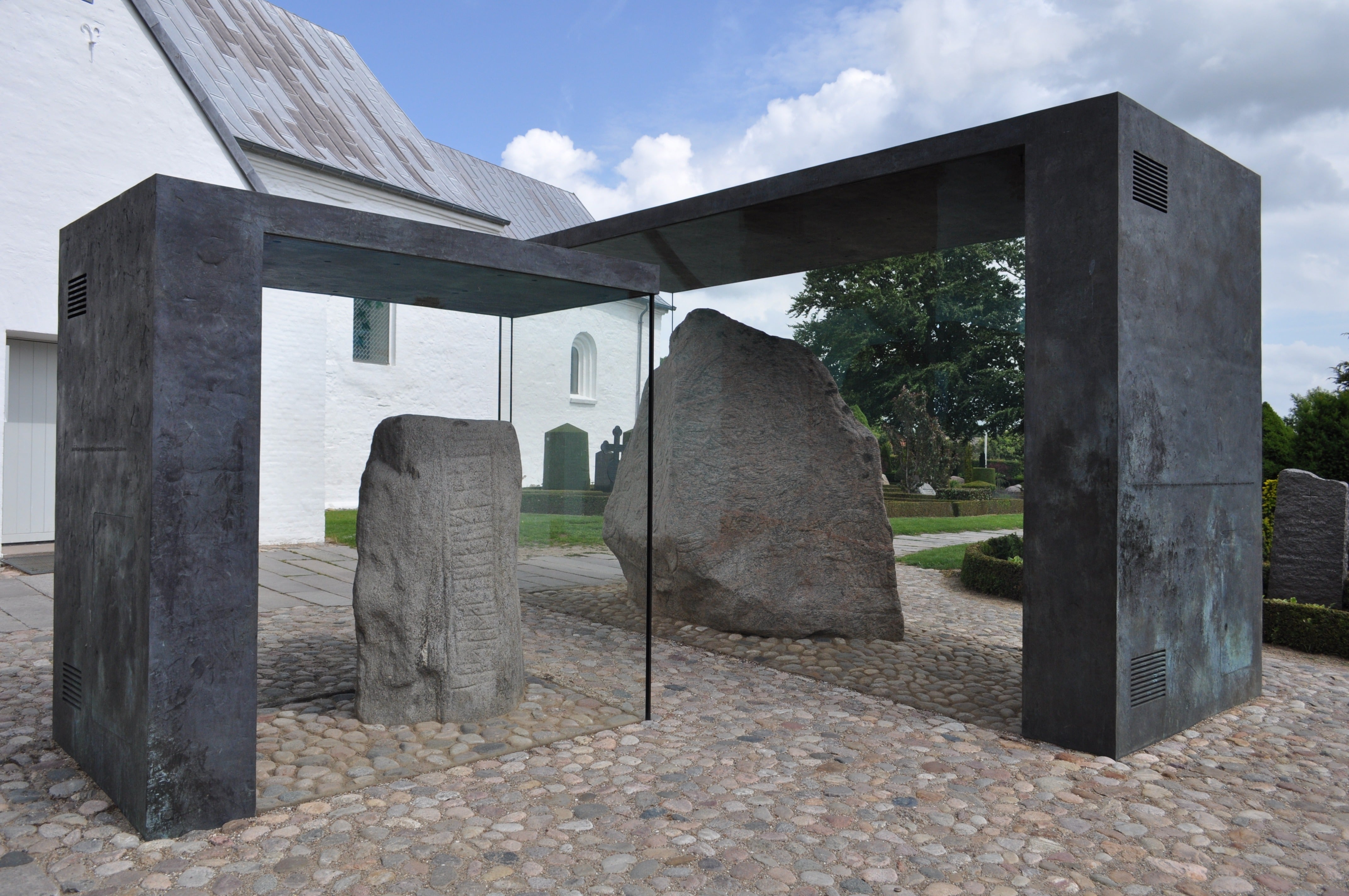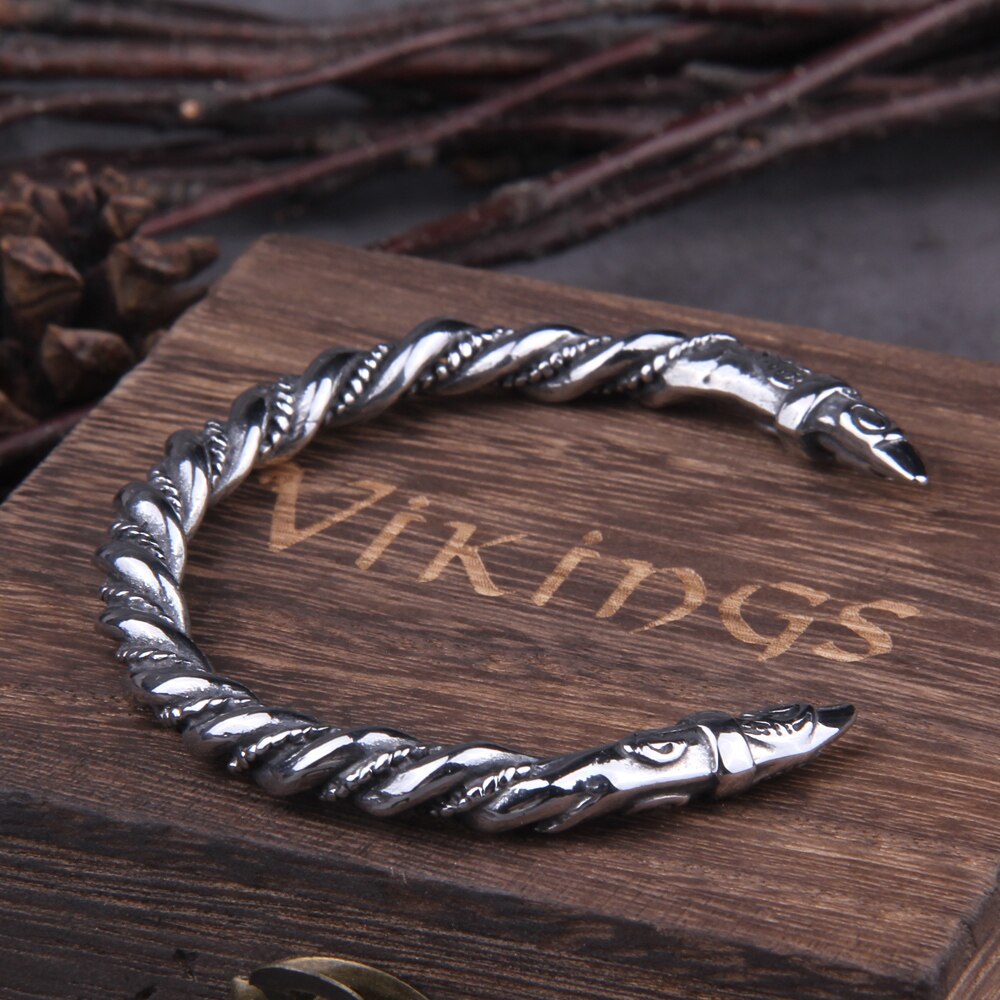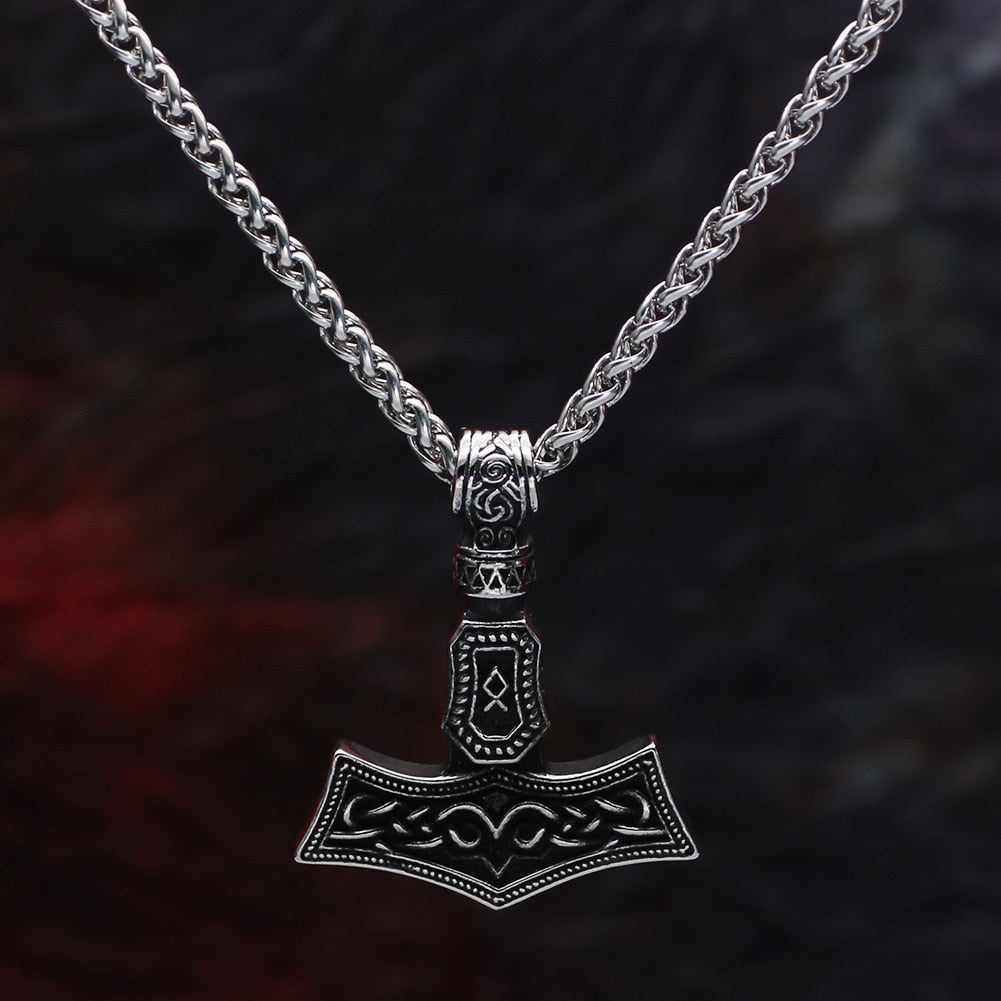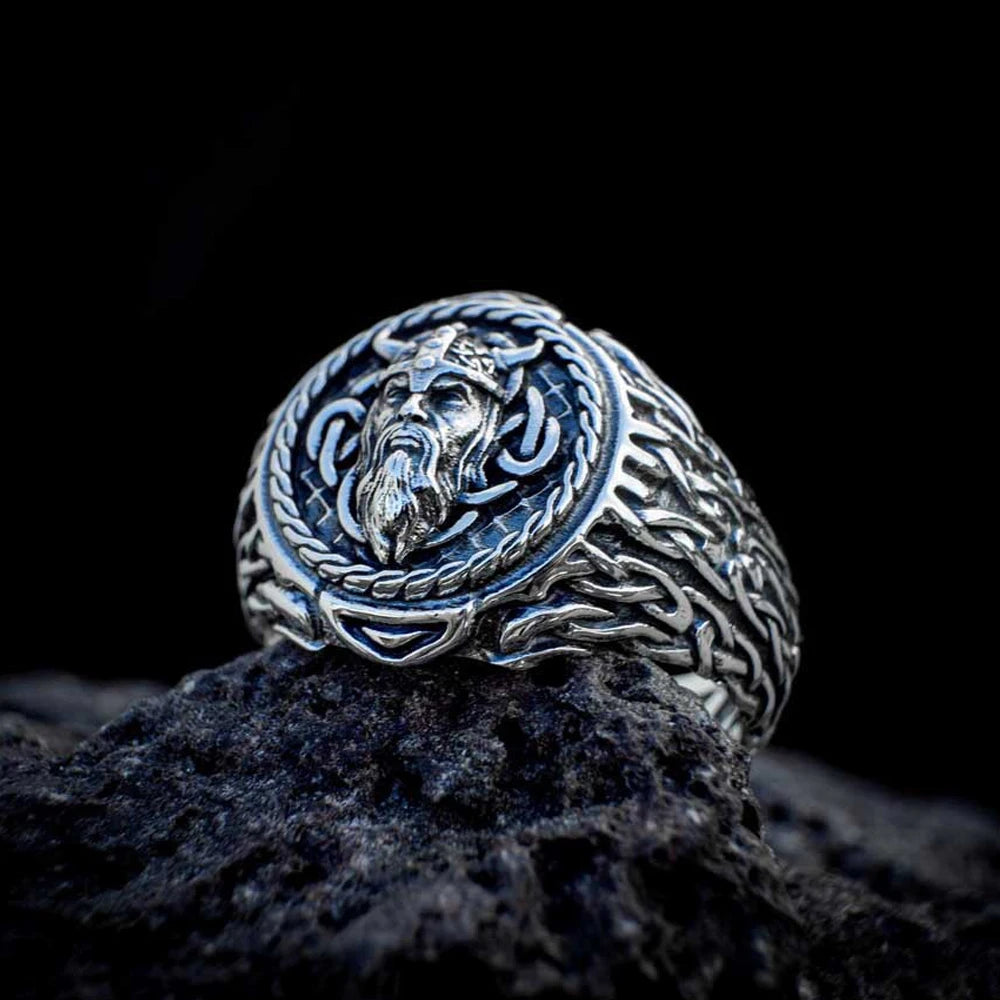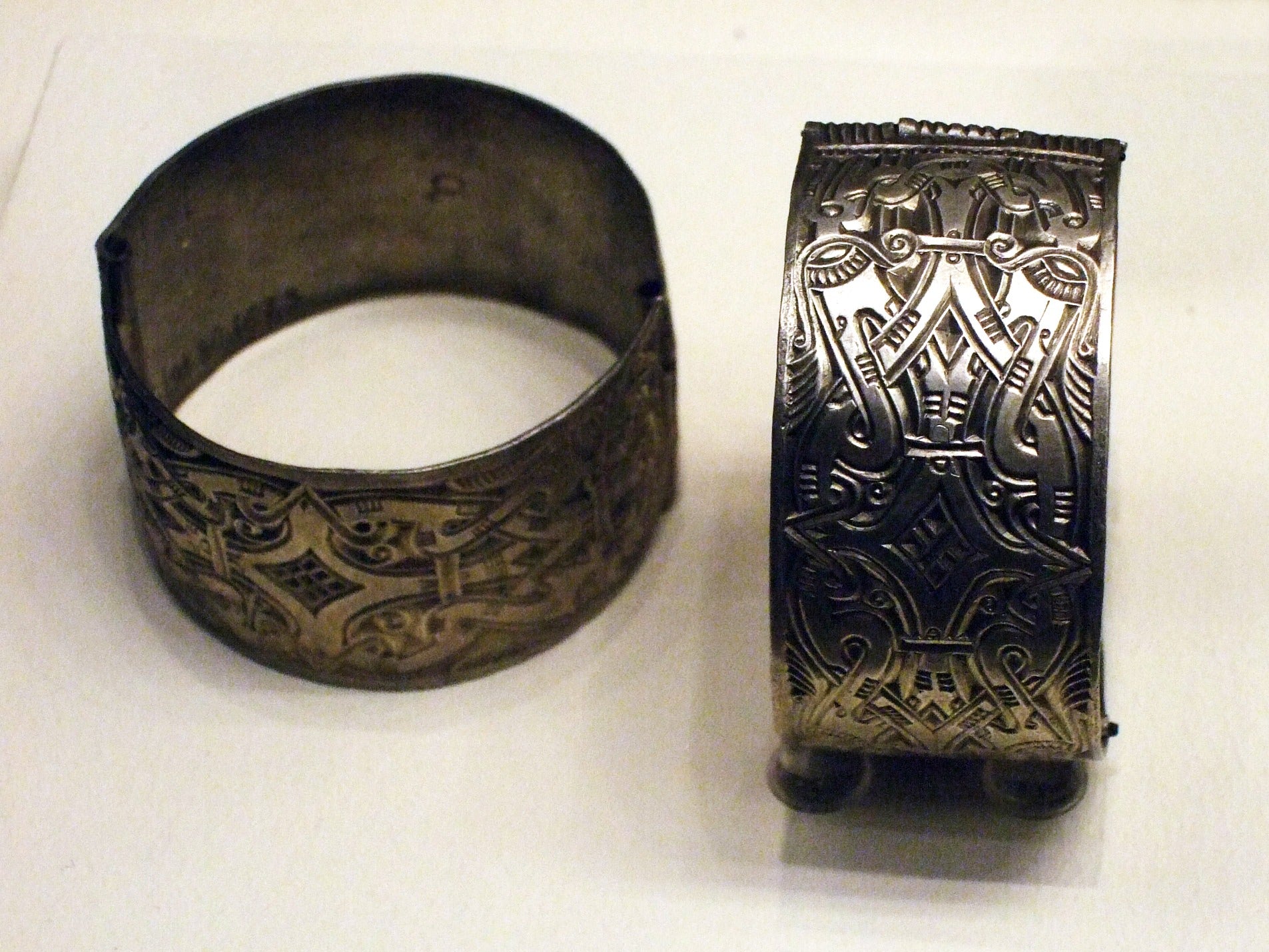
What Made Viking Arm Rings So Significant?
The Viking arm rings, known as a "hacksilver" or "arm ring" in archaeological terminology, represents far more than a simple piece of jewelry in Norse culture. Emerging during the Viking Age (approximately 793-1066 CE), these intricate metal bands were fundamental to Norse social, economic, and cultural practices, serving multiple complex functions beyond mere ornamentation.
Archaeological evidence suggests that arm rings originated in the early Viking period, becoming increasingly sophisticated and symbolically significant throughout the 9th and 10th centuries. Crafted primarily from precious metals such as silver and gold, these rings were not just decorative accessories but powerful symbols of wealth, status, and social connection.
Materials and Craftsmanship

Silver arm ring from the Rone Hoard, Gotland (Photo: The Swedish History Museum, Stockholm CC BY 2.0).
Viking metalworkers demonstrated extraordinary skill in creating arm rings. Typically forged from silver, these rings were meticulously crafted using advanced metalworking techniques. Archaeologists have discovered arm rings with intricate designs, including twisted patterns, geometric motifs, and elaborate braided configurations that showcased the remarkable artisanship of Norse craftsmen.
Silver was the predominant material, often sourced through trade, tribute, or raiding expeditions. The quality and weight of the arm ring directly reflected the wearer's social standing and economic prosperity. Wealthy Norse leaders and successful warriors would possess multiple arm rings, each potentially representing different achievements or allegiances.
Economic and Social Functions

Coins, ingots, arm rings and hacksilver from the Watlington Hoard (Photo: Vanherdehaage, CC BY-NC-SA 2.0).
Beyond their aesthetic appeal, arm rings served crucial economic functions in Viking society. They functioned as a form of portable wealth and currency. Warriors and traders could literally break off a section of their arm ring to use as payment, a practice known as "hacksilver" trading. This flexibility made arm rings an essential economic tool in a society that relied heavily on bartering and metal-based transactions.
The act of giving an arm ring also carried profound social significance. Norse leaders would distribute arm rings to their warriors as a gesture of loyalty and reward, cementing social bonds and demonstrating their generosity. These exchanges were more than mere transactions; they represented complex social contracts that defined hierarchical relationships within Viking communities.
Symbolic and Ritualistic Importance

The Spillings Hoard, found in Gotland, is one of the largest Viking Hoards discovered, consisting of dozens of arm rings, hacksilver, and coins. (Photo: W.Carter CC BY-SA 4.0)
Arm rings transcended their material value, embodying deep spiritual and cultural meanings. They were often associated with sacred oaths and personal commitments - according to Old Norse sagas. When a warrior or leader gave or received an arm ring, it symbolized a binding promise, with religious and social implications that extended far beyond the physical object.
Archaeological findings from sites like Gotland, Sweden, and various Norse settlement areas reveal intricate arm rings with religious symbolism. Some rings were adorned with mythological motifs referencing Norse gods like Odin, Thor, and other significant spiritual figures, suggesting their role in ritualistic practices.
Archaeological Discoveries and Preservation

Bent Anglo-Saxon arm rings found in the Galloway Hoard (Photo: -JvL - Flickr, CC BY 2.0).
Significant archaeological sites have provided remarkable insights into Viking arm rings. The Silverdale Hoard in Lancashire, England, discovered in 2011, contained exquisite examples of Norse arm rings, demonstrating the widespread use and artistic complexity of these artifacts. Museum collections in Scandinavia, particularly in Copenhagen, Stockholm, and Oslo, house extensive collections that provide detailed understanding of these remarkable objects.
Viking arm rings represent a fascinating intersection of art, economics, and social practice. Far more than simple ornaments, they embody the complexity of Norse culture—a society characterized by sophisticated trade networks, intricate social structures, and profound spiritual beliefs. These metal bands tell stories of loyalty, wealth, and cultural identity that continue to captivate historians and archaeologists.
Frequently Asked Questions
- What materials were Viking arm rings made from?
Primarily silver, with some gold and bronze variations.
- How did Vikings use arm rings as currency?
By breaking off sections of the ring for payment, a practice called "hacksilver" trading.
- Were arm rings only worn by wealthy individuals?
While more elaborate rings signified higher status, arm rings were used across various social strata.
- Where have the most significant arm ring discoveries been made?
Notable discoveries include sites in Scandinavia, Britain, and Ireland.
- Did arm rings have religious significance?
Yes, they often featured mythological motifs and were associated with sacred oaths.
References
Graham-Campbell, J. (1980). Viking Artifacts: A Survey of Norse Material Culture
Roesdahl, E. (1998). The Vikings
Williams, G. (2008). Viking Silver and Gold: Decorative Metalwork
Sawyer, P. (1997). Kings and Vikings
Brink, S. (2008). The Viking World
"Silver arm rings from Zamárdi, Hungary" by James Steakley is licensed under CC BY-SA 3.0.
"Object from the exhibition We call them Vikings produced by The Swedish History Museum (13619325735)" by The Swedish History Museum, Stockholm from Sweden is licensed under CC BY 2.0.
